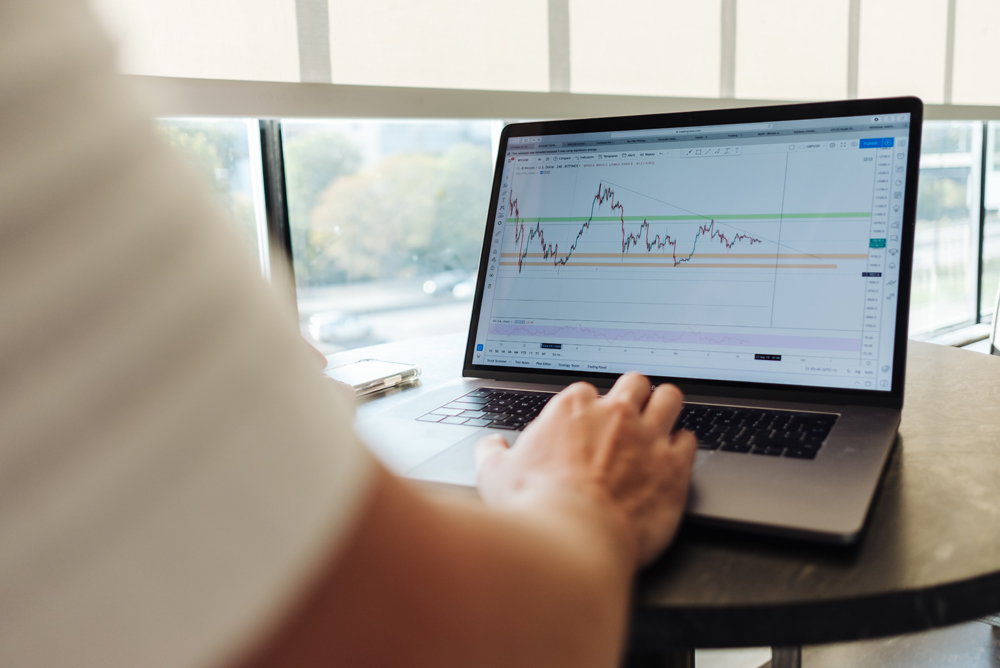Top tools for investors and companies
“How to unlock $12 trillion a year and generate up to 380 million jobs” reads like a billionaire’s investor playbook. Instead, and better yet, it’s the welcome findings of a landmark study issued by the Business and Sustainable Development Commission. $12 trillion per year, effectively 10% of global GDP, represents the economic value of financing innovative solutions to the world’s biggest challenges, in other words, financing solutions that align to the 17 United Nations Sustainable Development Goals.

Despite the auspicious findings and the suite of examples of how it can be done, investors have been slow to engage. The blog below presents a roundup of practical resources for investors and companies to use to help get up to speed on how to approach this compelling and timely investment opportunity.
What are SDG-aligned Investments?
Simply put, SDG aligned investments are investments that align with one or more of the UN Sustainable Development Goals (SDGs), and often, one or more of a goal’s underlying targets.
Not so simple, though. The SDGs were initially written as framework for policy makers, not investors. Themes addressed in the SDGs often do not align 1-1 with investment activities, asset classes, and business models that investors might be more familiar with.
A few resources have been developed to bridge this gap and “translate” the goals in to terms that be easier for investors to assimilate.
Featured in Framework for SDG-Aligned Finance, the OECD’s Global Outlook on Financing Sustainable Development 2021 provides an overview of what SDG-aligned investments might mean to different types of private sector actors. For example to investors at Public Development Banks, Central Banks, Sovereign Wealth Funds, Asset managers, commercial and investment banks, pension funds, insurers, rating agencies, stock exchanges, and philanthropies. With the help of this framework, each investor type knows which actions to prioritize in accordance with its respective comparative advantage.
Another resources, the SDG Compass provides guidance for companies on how they can align their strategies as well as measure and manage their contribution to the realization of the SDGs.
Asset owners and asset managers may wish to review the PRI’s Investing with SDG Outcomes, a 5-part framework designed to help investors start applying the language of social and environmental “outcomes” to their investment activities.
Corporates may consider reviewing the GRI’s paper on integrating the SDGs into corporate sustainability reporting. The resource presents sustainable practices as a way for companies to improve transparency and accountability among customers, a must among today’s corporates.
How can investors integrate the SDGs into their investment strategies? Are there platforms for sourcing SDG-aligned investment opportunities? Tools for carrying out due diligence?
Deal Sourcing:
Investors with a global footprint are encouraged to visit the website of the Global Investors for Sustainable Development Alliance (GISD). Their SDG Investment Platform currently lists 468 live SDG deals across the world in a variety of asset classes. The opportunities are backed by robust research produced by the UNDP and released through their investor maps.
VC investors may check out Dealroom.com. In 2019 the platform started building a comprehensive dataset on startups making a positive impact. Today, dealroom’s list of European start ups generating positive impact numbers more than 620 startups They distinguish between core and side SDGs: Core = directly aligned with Social Development Goals (e.g. cleaning the ocean); Side = indirectly aligned with Social Development Goals (e.g. shared mobility).
Pensions may reference the SDI Taxonomy which provides a standardized taxonomy for asset owners looking to invest sustainably.
The Toniic Impact Theme Framework, is a guide for private investors to help them align their investments with the SDGs and thereby find greater alignment and synergy in global investment opportunities.
How do I measure my alignment? Resources for SDG impact measurement and management
To measure the impact of their investments, investors can use IRIS+, a data base of metrics designed for investors looking to achieve measurable outcomes through their investments, or the Impact Management Norms, the best attempt yet at a standardized impact assessment and reporting framework. Both map back to the SDGs in ways that are easy to grasp and work with.
For enterprises may look at BCorp’s SDG Action Manager, which helps businesses set goals, track progress, and stay motivated on specific actions to support the SDGs.
Enterprises, private equity investors, and bond issues should explore the SDG Impact Standards designed specifically for these stakeholder groups.
With SDG-aligned investing still not mandated by regulators, the market is rife with untapped investment opportunities. To help investors more readily explore and consider these opportunities, the frameworks mentioned above will be of good help.

